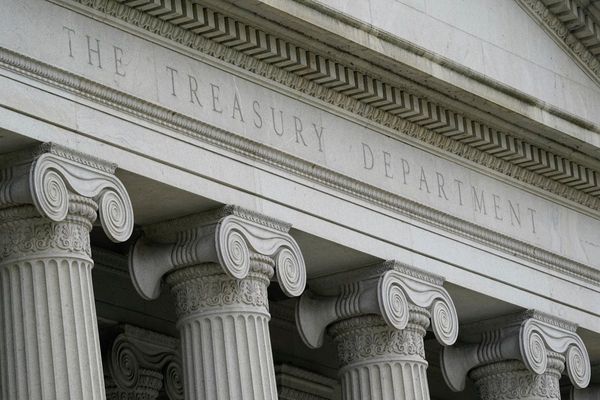
MUMBAI : Indian stock markets recovered 1,500 points or nearly 5% on Friday to end higher after a jittery start in early trade.
Led by a strong recovery in banks and financial stocks, the benchmark indices closed around 1% higher. The Sensex ended at 33,780.89, up 242.52 points or 0.72%.The Nifty closed at 9,972.90, up 70.90 points or 0.72%.
The Sensex had touched a intraday low of 32,348.1 points, while Nifty hit a low of 9,544.35, before witnessing the recovery.
The Indian stock markets had started trading on Friday morning on a bad note, facing severe sell-off pressure, as investors reacted to the weakness in global markets over growing concerns that a second wave of coronavirus infections may derail the pace of re-opening of economies post lockdown.
The recovery in the Indian markets was also aided by a recovery in global equities. Most European markets were positive at the time of writing this report as they looked to rebound from the sell-off witnessed the previous day.
Stocks in other parts of Asia Pacific region mostly ended trading in the negative territory, with South Korea’s Kospi leading losses of around 2%. Hong Kong’s Hang Seng dropped 1% while Japan and China were flat.
In India, a rebound in banks and financial stocks helped broader indices to pare losses.
It is widely expected that interest on deferred payments in the moratorium period is unlikely to be waived off. The Supreme Court on Friday asked Solicitor General Tushar Mehta to convene a meeting of the Finance Ministry and RBI officials over the weekend to decide whether interest incurred on EMIs during the moratorium period can be charged by banks. The Supreme Court will hear the matter on 17 June.
“The SC intervention boosted market sentiments towards banking stocks. It is likely that Reserve Bank of India’s moratorium may have a limited impact on credit quality of banks if there is interest levied in that period. Also, some bit of recovery in few global markets helped Indian shares in late afternoon trade," said Deepak Jasani, Head, Retail Research, HDFC Securities Ltd. The RBI had last month extended the moratorium on loan repayments till August 2020, which investors feared would have a bearing on collections by banks and pose a liquidity challenge.
According to Jasani, bouts of relief rally is typical in a bear market and hence sustaining a prolonged rally of Indian stock markets is unlikely.
Moreover, the government’s assurance that there will be no late fee for non-filing of goods and services (GST) returns from July 2017 by entities with nil liabilities also boosted sentiment of market participants. Finance Minister Nirmala Sitharaman, on Friday, said no late fee will be levied for delayed filing of GST returns by registered entities with zero liabilities between July 2017 to January 2020. Analysts said that these measures will provide additional cash flows and will boost confidence as the government is hand holding them to bounce back to normalcy.
However, the Indian volatility index or VIX climbed 3.91% on Friday to close at 30.82 indicating that there is a rise of fear among investors and markets may see steep corrections ahead.
Indian rupee fell 0.08% to close at 75.85 against the US dollar.
Sugandha Sachdeva VP-Metals, Energy and Currency Research, Religare Broking Ltd said, “The likelihood of a possible second wave of the coronavirus infections in the US, along with the US Federal Reserve’s grim growth outlook for the year has stoked risk aversion globally, and that has put pressure on the rupee. Still, the rupee is seen facing lot of resilience around 76.60 mark and could reverse this trend unless it does not fall below 76.60. It looks like the RBI is keen to maintain the rupee in a 75.50 to 76.00 band, and that should give rupee bulls some breather."







